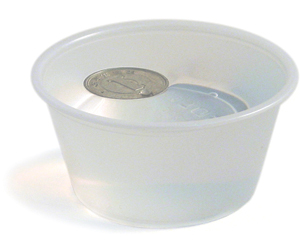 We Water Molecules Stick Together! | Surface Tension Demonstrations
We Water Molecules Stick Together! | Surface Tension Demonstrations
by: Tami O’Connor
I am a believer that observing discrepant events burns concepts into students’ memories far longer than simply reading the facts of the lesson from a text book. A few years ago I was designing a unit on surface tension. Because so many awesome hands-on activities deal with this topic, my greatest problem was picking and choosing! In this blog, I will describe one of my students’ favorite surface tension demonstrations. It teaches about surface tension and capillary action.



 Posted by Tami O'Connor
Posted by Tami O'Connor 
